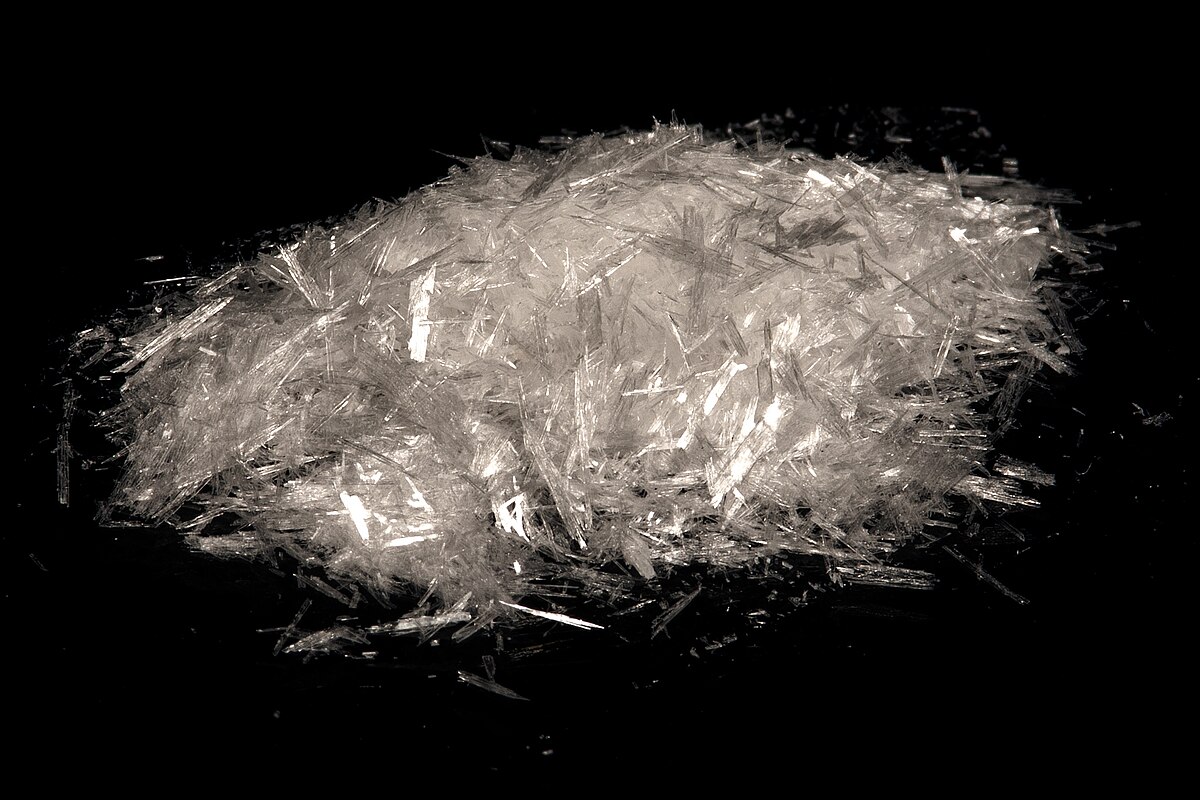This article will be published on my website in due course
Hines Homeopathy
Hekla lava is a homoeopathic remedy sourced from the lava of the volcano with the same name in Iceland.
This volcanic ash consists of lime, silica, alumina, magnesia and a few oxides of iron.
Through the homoeopathic potentisation process (a technique that renders crude substances therapeutically effective), the substance is transformed into Hecla lava, a highly valuable homoeopathic medicine.
It was observed that sheep and other animals gazing around the slopes of the volcano Hekla developed conspicuously frequent bony growths and deformations as well as growths on the temporomandibular joints.
This medicine is of great clinical significance in treating complaints related to teeth, jaw, bones and also facial neuralgia as well as joint problems.
The volcanic lava used in the preparation of the homoeopathic remedy Hekla Lava - and not the ashes - can have a positive effect on our organism, because in the lava we find that the lava contains silicon dioxide for solid bones.
The assumption that the diseases are due to lava stone and the grass growing on it laid the foundation for the homoeopathic preparation Hekla lava.
It is based on the similarity principle of homoeopathy after founder Samuel Hahnemann: "Similar may be cured by something similar.”
From “likes cure likes” and the homoeopathic potentiation of Hekla lava, the remedy proving, the use of the remedy in clinical settings, it has been observed Hekla lava is an important remedy for arthritis.
The guiding symptoms for Hekla Lava
The homoeopath will alway first determine the patient's physical and mental condition before recommending a remedy.
Since homoeopathy is a highly inidvidualised system of medicine, for instance, not everyone who suffers from arthritis of the knee will be prescribed the same homeopathic remedy.
Homeopathic prescriptions is always individualised and based on the whole patient's characteristics.
Besides symptoms related to joint complaints, Hekla Lava can present growths of all kinds.
The following mental and emotional symptoms can also be seen in patients:
- Lack of zest for life and motivation, lack of drive, sluggishness
- Pronounced concentration difficulties
- Absence, confusion
- Hopelessness, depressive mood
- Desire to be alone
The symptoms of patients are improved by
- Warmth,
- Distraction and
- Movement.
The symptoms of patients are aggravated:
- in the morning after awakening and
- be observed during the first movements.
Other scopes of Hekla lava
- Osteoarthritis and related pain in the joints (increased when carrying, lifting, and moving)
- Osteoarthritis and related pain in the joints (increased when carrying, lifting, and moving)
- Sharp pains in the joints made worse by cold, stiffness in the knee and other joints
- Pain in the back, which can radiate up to the head, arms and legs; painful, tense back muscles
- Gum abscess (pus accumulation) or fistulas (purulent ducts) on the gums
- Difficult teething
- Tooth removal (tooth extraction) and delayed healing after dental treatment (for example, Hekla lava can prevent inflammation after root canal treatment)
- Tendency to caries(tooth decay)
- Toothache and gingivitis
- Abscess of the jaw
- Bony growths, for example, on the jaw or tibia
- Dry skin
- Oppressive and chronic headache
- Burning and red eyes
- Swelling and hardening of the glands
- Constant hunger
- Bone diseases such as malignant bone tumours, bone inflammation (ostitis), periostitis and bone growths (exostoses)
- Bone necrosis (death of the bone)
- Decrease in bone density (also of the jawbone)
- Bone cysts
- Heel spur (bony outgrowth on the bone of the heel)
- Fistula after operation of the mastoid (part of the temporal bone in the skull)
- Rickets
- Swollen glands





